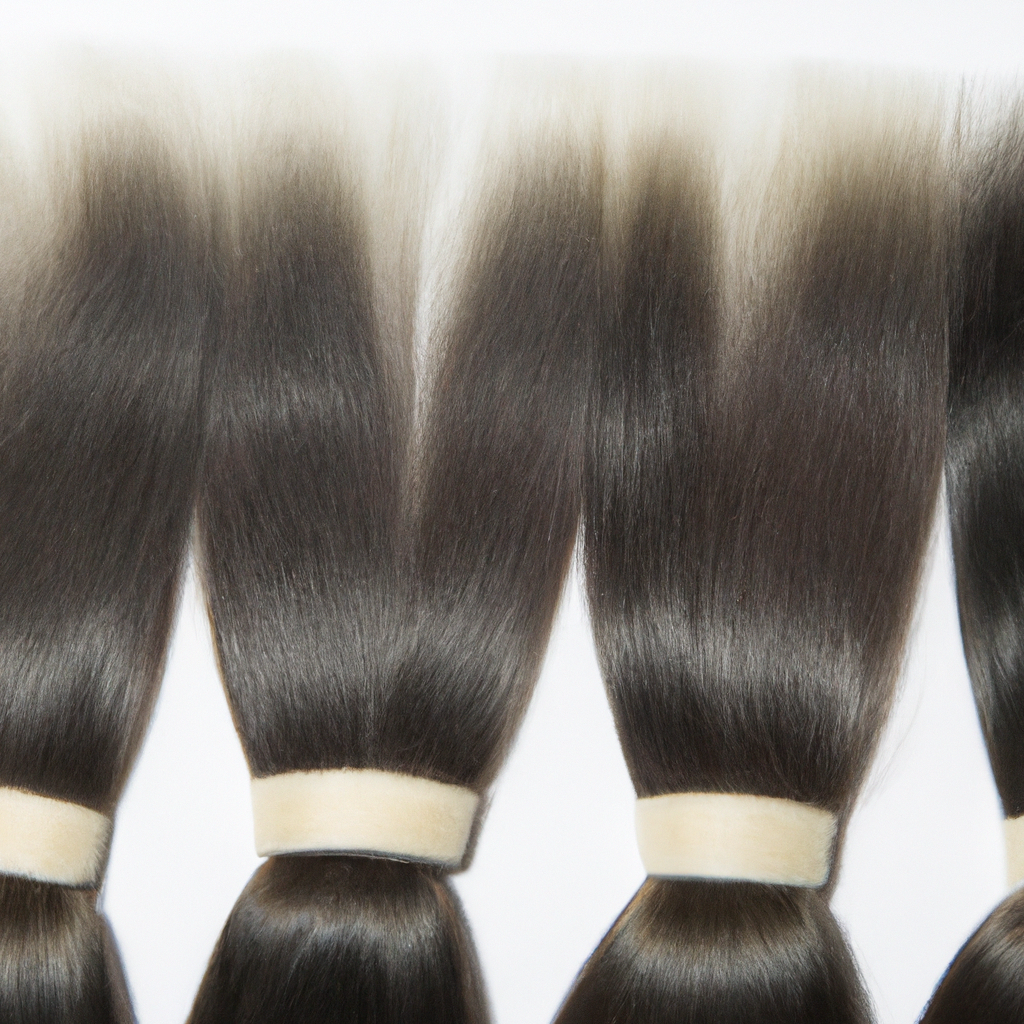When it comes to enhancing your natural beauty and transforming your look, real human hair extensions are a game-changer. These extensions provide the length, volume, and versatility that many of us desire. However, to make the most of your investment, it’s crucial to learn how to care for and maintain your real human hair extensions properly. In this comprehensive guide, we’ll delve into ten essential topics to help you extend the lifespan of your extensions and keep them looking stunning.
- Understanding Real Human Hair Extensions
Before we dive into maintenance tips, let’s take a moment to understand what real human hair extensions are. These extensions are crafted from 100% human hair, making them the closest match to your natural hair. They come in various textures, colors, and lengths, allowing you to choose the perfect match for your hair type and style preferences.
- Selecting High-Quality Extensions
The first step in ensuring the longevity of your real human hair extensions is to invest in high-quality products. Look for reputable suppliers who source their hair ethically and provide quality assurances. While premium extensions may cost more initially, their durability and natural appearance make them a worthwhile investment.
- Proper Installation
Whether you choose clip-in, tape-in, or sew-in extensions, proper installation is crucial. Seek the expertise of a professional hairstylist who specializes in extensions. A skilled stylist will ensure that the extensions are applied securely and blend seamlessly with your natural hair.
- Regular Maintenance Routine
Maintaining real human hair extensions is similar to caring for your natural hair. Establish a regular routine that includes shampooing, conditioning, and styling as needed. Be gentle during this process to avoid tangling and breakage.
- Choosing the Right Hair Products
Opt for hair products specifically designed for real human hair extensions. These products are formulated to provide the necessary nourishment without causing damage. Avoid products containing sulfates or alcohol, as they can strip the hair of its natural oils and moisture.
- Washing Your Extensions
When washing your extensions, follow these steps:
- Use lukewarm water, as hot water can damage the hair.
- Gently detangle the extensions before washing to prevent matting.
- Apply a sulfate-free, hydrating shampoo and conditioner.
- Rinse thoroughly, ensuring no product residue remains.
- Allow the extensions to air dry or use a low-heat setting on your hairdryer.
- Detangling Tips
Tangled hair extensions can be a nightmare. To prevent this issue:
- Use a wide-tooth comb or a special extension brush.
- Start combing from the tips and work your way up to the roots.
- Be patient and gentle to avoid damaging the hair.
- Heat Styling Precautions
While real human hair extensions can be heat-styled, excessive heat can lead to damage over time. When using hot tools, keep the temperature moderate and always apply a heat protectant spray before styling. Additionally, try to limit heat styling to special occasions to extend the lifespan of your extensions.
- Bedtime Care
To avoid tangling and matting while you sleep:
- Braid your hair into a loose, low braid.
- Use a silk or satin pillowcase to reduce friction.
- Consider wrapping your hair in a silk scarf for added protection.
- Regular Maintenance Appointments
Schedule regular maintenance appointments with your stylist to ensure that the extensions remain in optimal condition. During these visits, your stylist can reposition the extensions, trim any split ends, and provide guidance on their care.
Conclusion
Real human hair extensions can provide you with endless styling possibilities and elevate your appearance. To enjoy their beauty for an extended period, proper care and maintenance are essential. By following the tips outlined in this guide, you can keep your extensions looking flawless and make the most of your investment. Remember that a little extra effort in maintaining your real human hair extensions can go a long way in preserving their long-lasting beauty. So, invest in quality, follow a consistent routine, and enjoy the stunning results. Your hair extensions will thank you for it!

